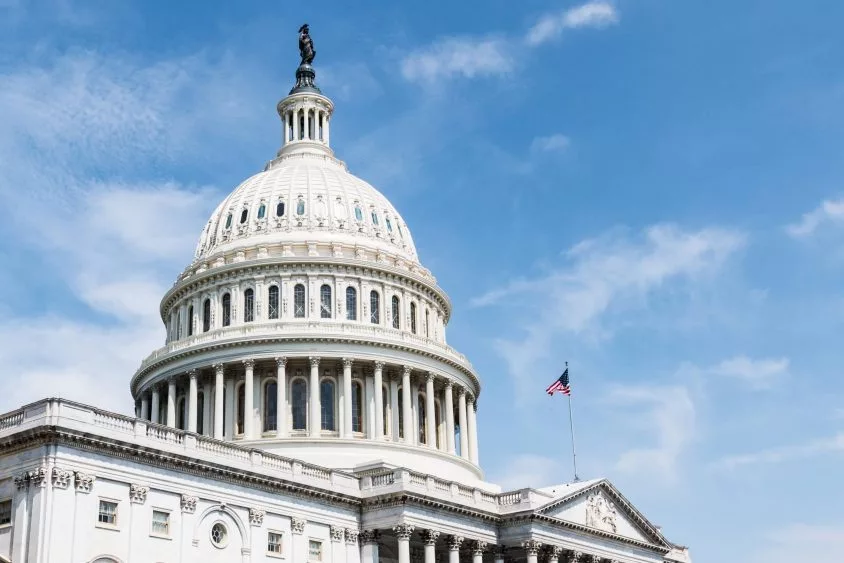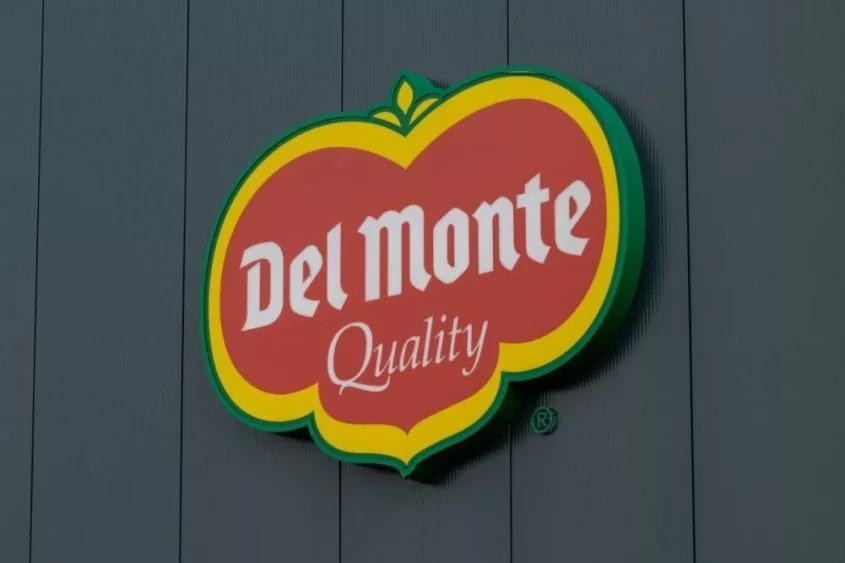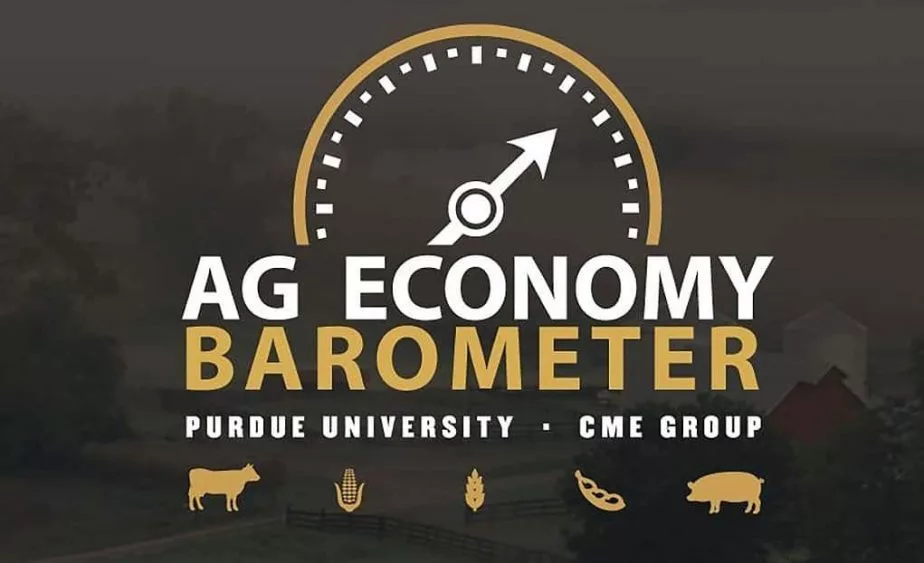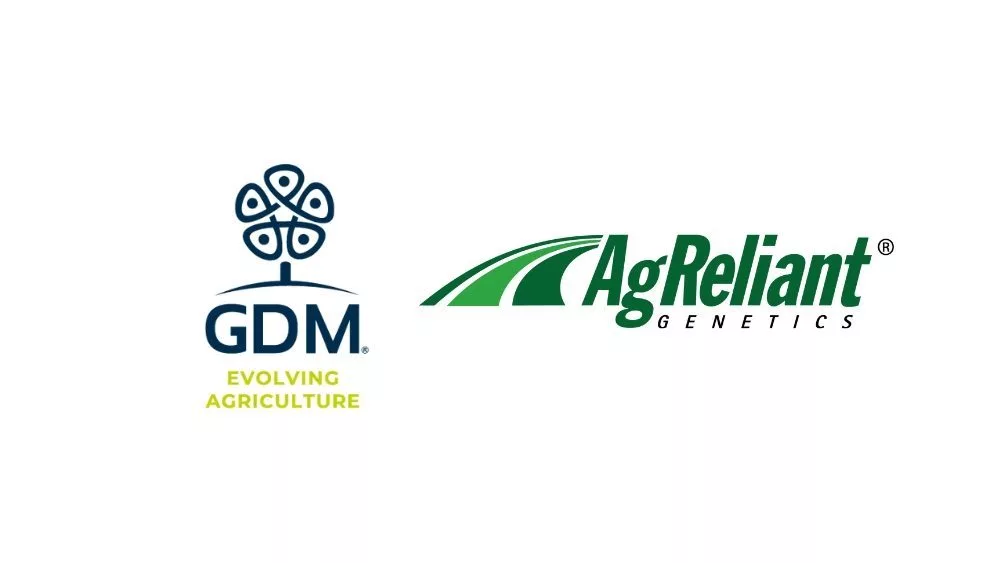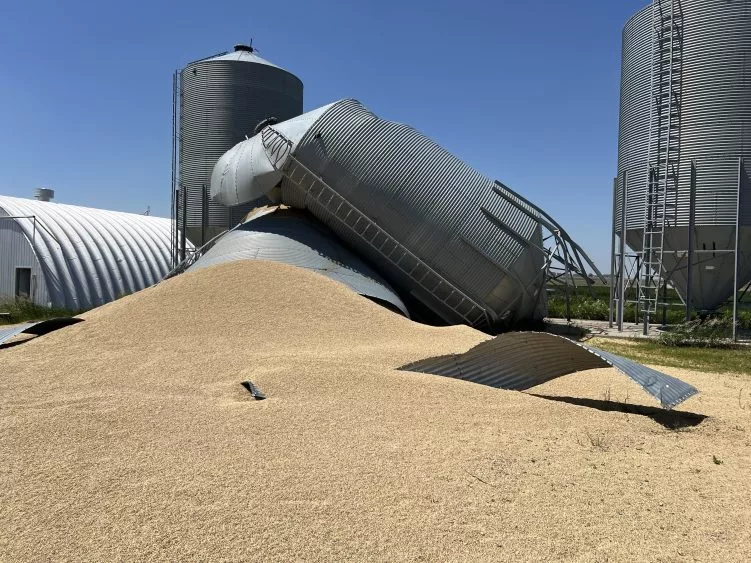
(JAMESTOWN, ND) — Many farmers across the eastern part of the Peace Garden State are continuing to assess and cleanup the damage from severe weather earlier this month. A large derecho event and multiple tornadoes broke out on Friday, June 20th across North Dakota and left plenty of damage along the I-94 corridor.
“We’re looking at an area that’s probably about 300 miles long within North Dakota,” said North Dakota Agriculture Commissioner Doug Goehring. “It’s sporadic in some areas and in some places, you know, it’s almost 100 miles long, where we’ve had some significant impact, especially in the straight line wind side of it.”
The main areas of damage, according to Goehring, started south of Dickinson all the way to the Minnesota border with major impacts in the Jamestown and Hillsboro areas. Most of the impacts, at least initially, are in terms of grain storage facilities and more. “We have significant grain bin capacity that’s collapsed and ruined, destroyed,” says Goehring. “We’ve had elevators affected. So even in situations where now people can’t even store grain, got to get it to the elevator, the elevator can’t even handle any of that.”
Justin Sherlock, President of the North Dakota Soybean Growers Association from Dazey, also echoed that a large amount of storage was affected by the June derecho event across the eastern part of the state. “I think almost every farmer around here has had at least a few grain bins, if not their entire grain handling facility is just wiped out,” said Sherlock. “So there are grain dryers and grain legs on their side in this area. There’s grain bins that are pushed in entire sidewalls.”
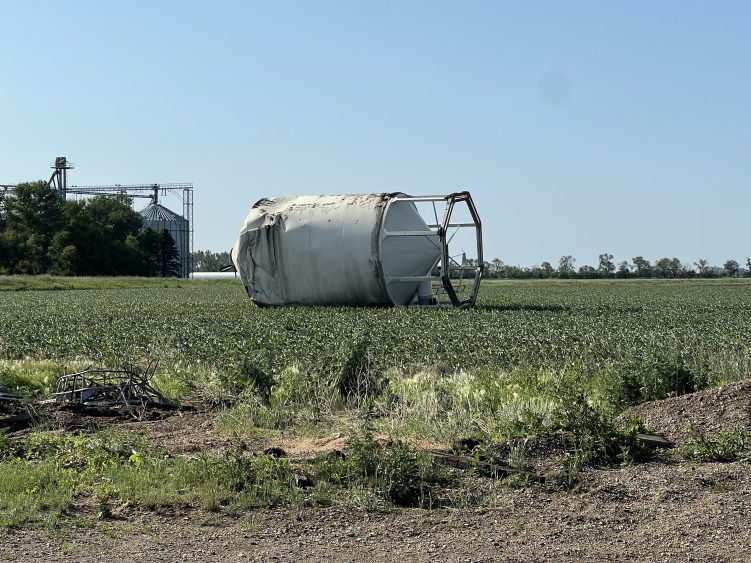
Sherlock added that the destruction continued off to the east of his area as well. “I do know as you go east as well, I’ve heard you start getting into that Page and Hunter area, a lot of machine sheds went down with machinery in them,” according to Sherlock. “So I think a lot of guys are still really assessing the damage and, you know, we know the grain facilities are damaged. That’s going to create a lot of problems come harvest.”
In terms of potential crop damage, Sherlock says he thinks farmers are still assessing whether or not there was any. “I think a lot of us are still kind of figuring out what the crop looks like after the storm. I’m sure most farmers are like me. We’ve done maybe a quick drive-by, you know, from the road if we had five extra minutes,” says Sherlock. “But I do know my crop, personally, I’m not going to replant any fields, but I do know some neighbors in different areas that are replanting. I know, again, that Page-Hunter area, I know some folks over there that are replanting soybeans in particular. I heard some edible beans were wiped out.”
He added “I think the crop was damaged, but I think a lot of us are still in the assessing phase, trying to figure it out. And honestly, the crop didn’t look, the soybean crop was struggling before that, as was the corn crop. Again, like I said, just a lack of heat and the crop has been off to a really slow start this year. So I guess we’ll see what happens. But I think a lot of us are already factoring in we’re not going to have a bumper crop by any means this year.”
North Dakota Governor Kelly Armstrong announced on Tuesday a Grain Storage and Facility Rebuilder Program to help agricultural producers quickly replace infrastructure, such as grain storage, lost in recent severe storms, including storms on June 20-21 that spawned over a dozen tornadoes and derecho straight-line winds.
The Bank of North Dakota will also coordinate directly with grain elevators impacted by recent storm damage to offer flexible financing options that support reconstruction efforts. Additional loan programs aimed at addressing broader infrastructure losses, including large-scale grain storage facilities and small businesses, are currently in development and will be announced in the coming weeks.
To access the Grain Storage and Facility Rebuilder Program, producers should contact their local financial institution to submit an application. The program application period will open on Wednesday, July 9, 2025 and close on December 31, 2025. More information on the program from BND can be found at bnd.nd.gov/gsfr.
Hear the full conversation with North Dakota Agriculture Commissioner Doug Goehring:
Hear the full conversation with NDSGA President Justin Sherlock:
